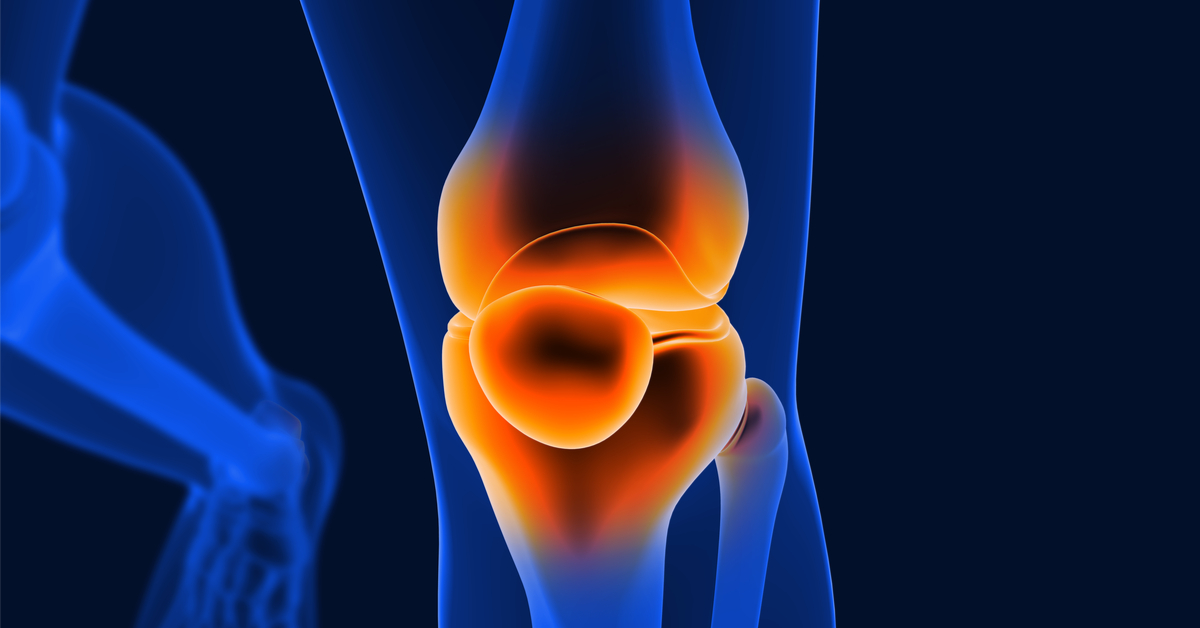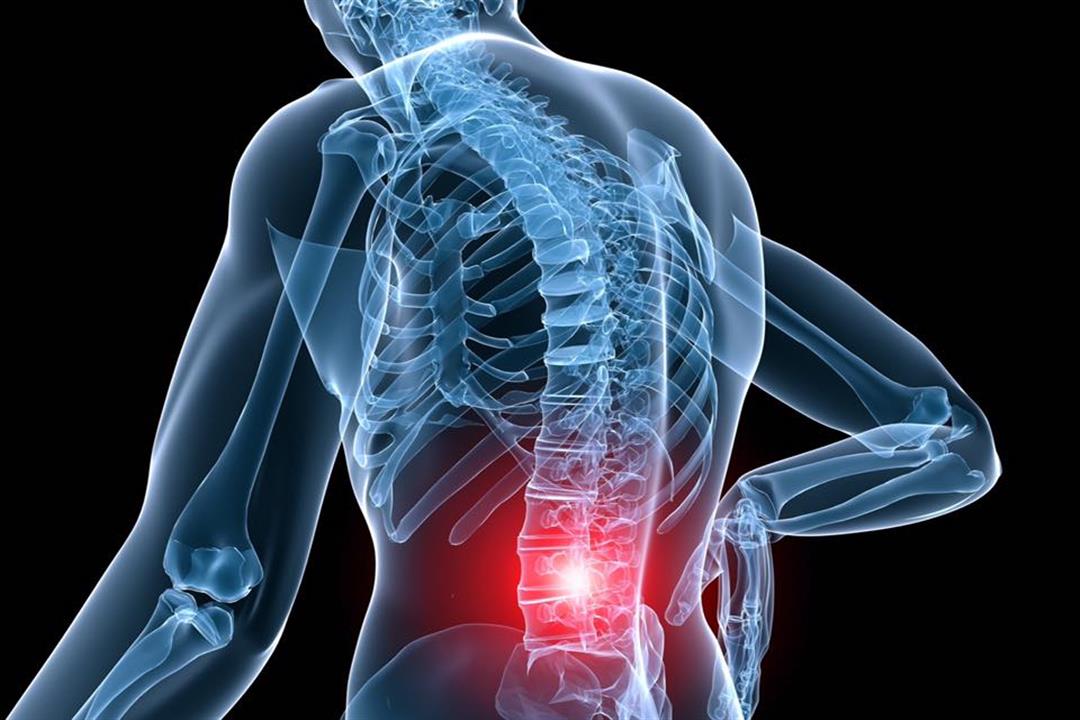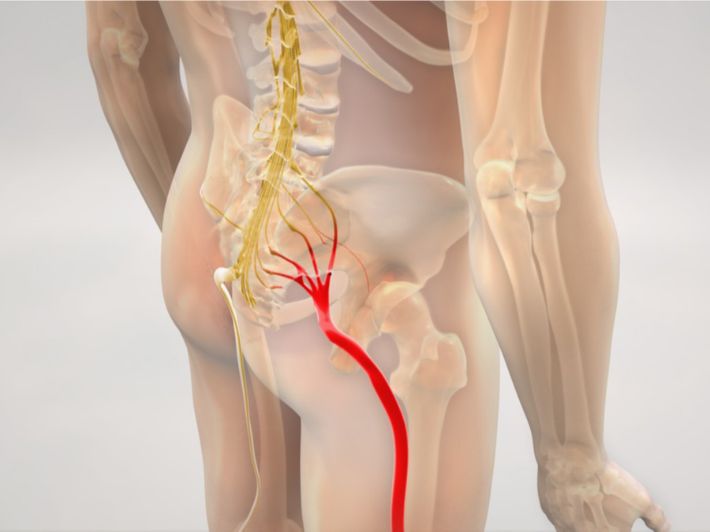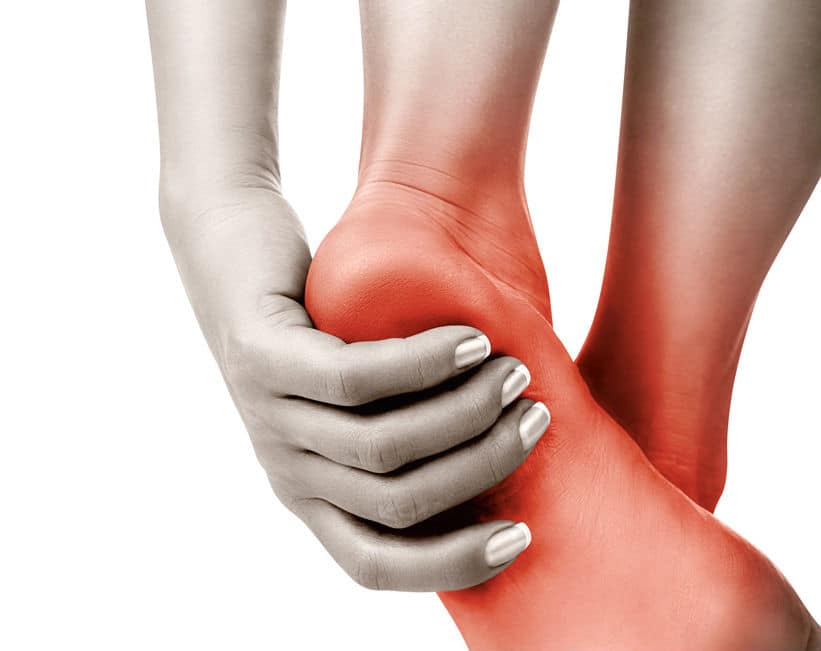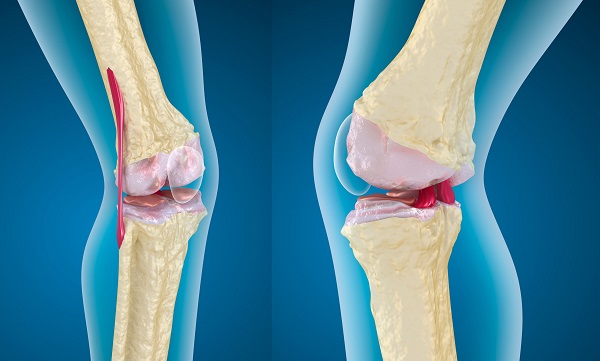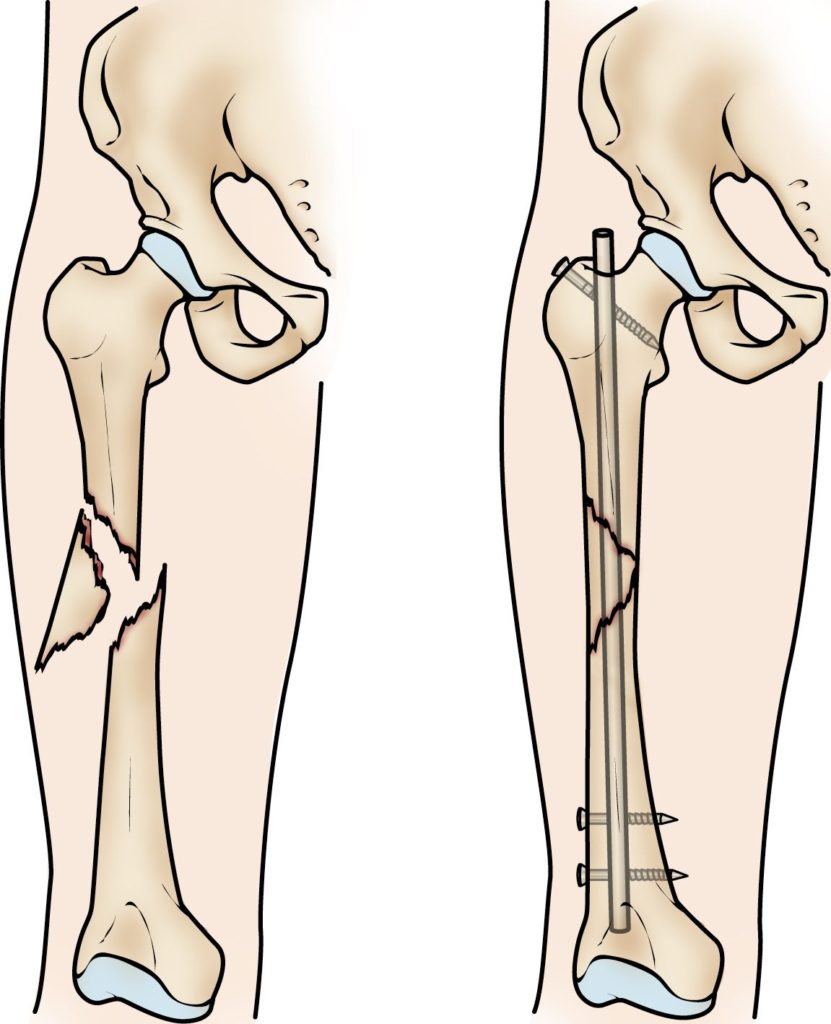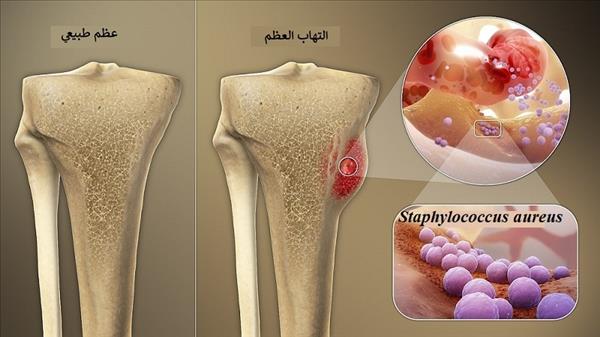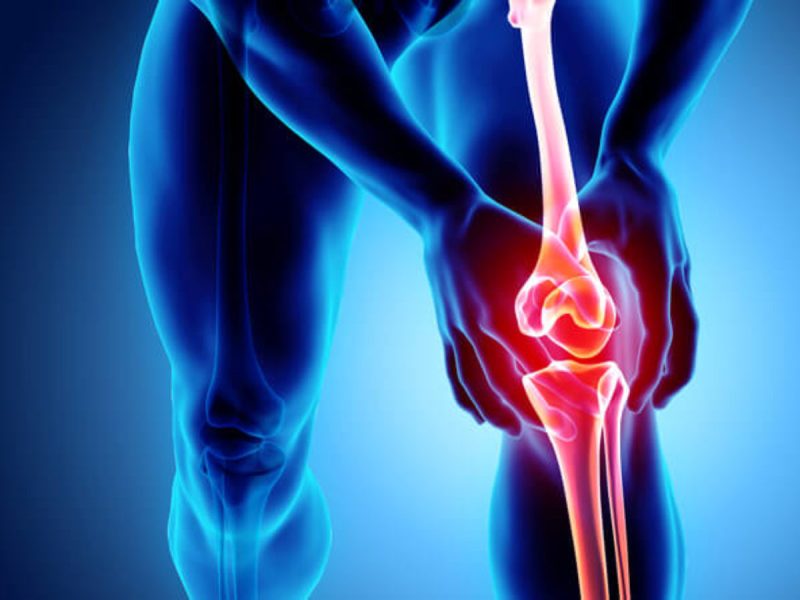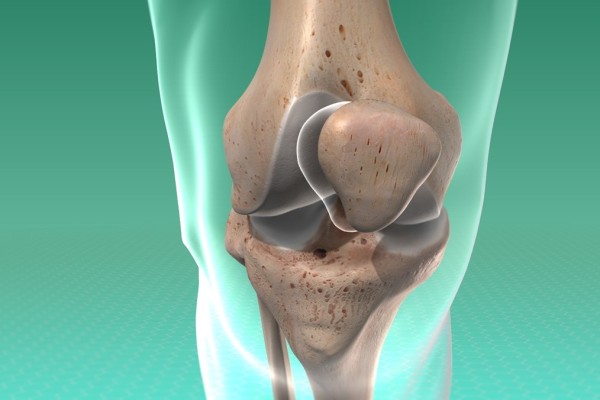!Get to know the best doctor for treating spinal cord in Egypt and 5 examples of cases completely cured from spinal cord injuries
The best doctor for spinal cord treatment in Egypt, If you are looking for the best specialist doctors for spinal cord treatment in Egypt, you are in the right place. The group of Egyptian specialist doctors includes top experts in diagnosing and treating spinal cord injuries, ensuring accurate diagnosis and effective treatment for any patient suffering from spinal cord problems a successful and distinctive experience, which we will get to know in detail through this article so follow us

Best doctor for spinal cord treatment in Egypt
Patients with spinal cord problems need attentive care and sensitive surgery. It is very important to choose the right doctor to treat these conditions. We must not forget that any surgical procedure requires a well-qualified medical team and a doctor capable of competently determining the diagnosis and performing the necessary procedures safely and effectively.
Dr. Amr Amal has succeeded in providing highly effective treatment for spinal cord conditions in Egypt, including spinal cord inflammation, spinal cord tumors, spinal stenosis, and muscle atrophy. Dr. Amr Amal has extensive experience in this field and advanced surgical techniques to perform sensitive operations.
Treating such conditions requires dedication and care. There is a team of neurosurgeons in Cairo, such as Dr. Amr Amal, who works as an interventional neuroradiology consultant and has extensive experience in treating brain clots, strokes, and brain hemorrhages in adults. In general, successful spinal cord treatment operations rely on the necessary skills in surgical procedures and pre-and post-operative care. Thanks to his experience and competence, anyone can rely on him to get the treatment they need.
Dr. Amr Amal, the name that represents the lead in spinal cord treatment in Egypt.
What is a spinal cord injury?
A spinal cord injury is a common and serious condition that occurs when the spinal cord is damaged or injured due to accidents or sports injuries. The spinal cord consists of nerve fibers that transmit signals from the central nervous system throughout the body. Spinal cord injury causes symptoms and temporary or permanent functional changes such as paralysis or loss of sensation.
Spinal cord injury is an acute health problem; it can lead to temporary or permanent functional changes that affect patients’ skills, breathing, thinking, and even their backs. Although people at risk for spinal cord injury are often young, children, the elderly, and pregnant women may also be susceptible to injury.
Doctors can identify a spinal cord injury through the patient’s physical examination and medical history, as well as comprehensive tests and imaging with MRI and X-rays. Immediate treatment of spinal cord injury is necessary to minimize adverse effects. Treatment depends on the type, level, and severity of the injury; this includes supportive care and spinal surgery. Some treatments used include medication, physiotherapy, occupational therapy, and spinal surgery.
An exceptional experience in treating spinal cord injury with Dr. Amr Amal, the leading expert in this field.

What causes spinal cord injury?
There are several causes of spinal cord injury, including:
- Car accidents: Car and motorcycle accidents are the leading cause of spinal cord injuries, accounting for nearly half of new spinal cord injuries annually.
- Falls: Falls are often the cause of spinal cord injuries after age 65.
- Violent acts: Violent injuries include gunshots and stabbings, which can lead to spinal cord injury.
- Diseases: Some diseases like polio and spina bifida cause spinal cord injury.
- Sports and recreational injuries: You may sustain a spinal cord injury while engaging in sports and recreational activities like diving in water or walking on ships.
- Hemangiomas: Injury is the most common cause of spinal hemangiomas, but many other conditions can also cause hemangiomas.
- Malignant tumors: Malignant tumors in the spine can constrict the spinal canal containing the spinal cord, thus causing spinal cord injury.
- Broken vertebrae: You may sustain spinal cord injury due to vertebral damage in the spine, usually after an accident or severe injury.
- Hernia and cyst: In some cases, spinal cord injury may be due to a hernia, cyst, or infection compressing the spinal cord. In this case, spinal cord damage and paralysis may develop over a long period.
Ultimately, you should try to avoid causes of spinal cord injury as much as possible. If you are prone to injury, you should contact your doctor immediately to assess your condition and take necessary steps to minimize damage and speed recovery.
With Dr. Amr Amal, get the best spinal cord care in Egypt.
What happens when the spinal cord is injured?
When the spinal cord is injured, damage occurs to this nerve, leading to temporary or permanent functional changes. These injuries are frightening and confusing, and adapting to them takes time, willpower and assistance. Common symptoms of spinal cord injuries include loss of sensation, loss of bowel and bladder control, paralysis, numbness, pain, as well as potentially life-threatening secondary conditions such as deep vein thrombosis and urinary tract infections.
The degree of injury depends on where it occurs in the spinal cord. Injuries near the neck cause sensory and motor problems in the upper extremities. Injuries near the lumbar spine cause dysfunction in the lower limbs. Compression and disorders can also impinge on the spinal cord, leading to back or neck pain, tingling, muscle weakness, and other symptoms. Injuries can be treated with physical therapy, surgery, pain medication, and treatments to improve the condition. However, outcomes vary depending on the patient’s condition and duration of injury. Therefore, it is critical to have regular medical checkups when experiencing any symptoms that may indicate spinal cord damage, to determine the cause and appropriate treatment.
Choose Dr. Amro Aml for advanced, effective spinal cord treatment in Egypt.

What are the consequences of a spinal cord injury?
Spinal cord injury is a serious condition that can lead to numerous physical and psychological effects on the patient. Regardless of the cause of the injury, the trauma can lead to many health problems. In this article, we will look at the major health effects that may arise from spinal cord injury.
- Loss of mobility: Loss of mobility is one of the most common damages that can occur with spinal cord injury. It becomes difficult for the patient to control movements and move any part of their body.
- Loss of sensation: It can also lead to loss of sensation in some body parts. This means the patient may not feel pain, heat, or cold, making them prone to injury or ulceration.
- Muscle spasms: The patient may also experience muscle spasms, which are sudden, painful contractions of the muscles that can persist for long periods.
- Numbness and paralysis: Exposure to spinal cord injury can lead to numbness and paralysis, where the patient loses the ability to control any part of their body. This can manifest in patients with various types of injuries.
- Bladder dysfunction: Bladder dysfunction is a potential outcome of spinal cord injury, where the patient loses control over urination leading to many problems and chronic illness.
- Walking problems: Spinal cord injury can lead to walking problems, where patients have difficulty moving their limbs, putting them at risk of falls and further injury.
- Barriers to healthcare and rehabilitation: Many consequences of spinal cord injury stem not from the condition itself, but from inadequate health services and rehabilitation, and barriers patients face accessing proper treatment.
- Respiratory muscle paralysis: Paralysis of the respiratory muscles that can occur due to spinal cord injury can lead to death in some cases.
How is the severity of a spinal cord injury determined?
A spinal cord injury is usually serious, and its severity is diagnosed based on several factors. Here is a list of how to determine the severity of a spinal cord injury:
- Neurological examination: Neurological tests are used to determine the location and severity of the injury. With spinal cord injury, the diagnosis is immediately made when the location of the affected vertebrae is identified. Neurological examinations include motor and sensory response and hearing tests.
- Medical imaging: X-rays are used to detect spinal problems, tumors, fractures, or ankylosing changes. CT scans provide clearer images of deformities revealed by X-rays. MRI is used for accurate injury diagnosis.
- Faster intervention assists in giving the most accurate diagnosis: To determine injury severity, doctors must consider treatment as soon as possible. The treatment period affects determining the severity of the injury, as the extent of injury is assessed within the first 72 hours of occurrence.
- Injury classification: To assess severity, the injury is classified as complete or incomplete. When describing the incomplete injury, doctors must specify the variables that demonstrate its severity.
- American Spinal Injury Association (ASIA) impairment scale: The American Spinal Injury Association (ASIA) is used to measure injury severity according to the degree of weakness in movement and sensation.
It’s important to note these are not all the potential effects of spinal cord injury, but they are the most common. To avoid potential complications, the patient must receive proper treatment and the healthcare team must continually monitor their condition.
Dr. Amr Aml provides world-class spinal cord injury care in Egypt.

Examples of physiotherapy exercises to treat spinal cord injuries
Spinal cord injuries are one of the serious injuries that can greatly affect human health and mobility, and various modern techniques, physiotherapy exercises are used to treat these chronic injuries. In this article, we will list the most important types of physiotherapy exercises needed to treat spinal cord injuries.
- Joint exercises: Joint exercises are among the most important physiotherapy exercises that can help you treat spinal cord injuries. During these exercises, the patient moves the joint in a controlled manner while simultaneously moving the muscles surrounding the joint. This helps relieve pain and increase flexibility.
- Stretching exercises: Stretching exercises are very important exercises that can be used to treat spinal cord injuries. These exercises stretch the muscles and tendons properly and precisely during the warm-up and stretching process. This helps improve movement and flexibility in the spinal cord.
- Aerobic exercises: Aerobic exercises are essential physiotherapy exercises that can help treat spinal cord injuries. These exercises last for an extended period of time and include running, walking, cycling, and swimming. They help improve overall body condition and reduce negative mentality.
- Muscle strengthening exercises: Muscle strengthening exercises are essential physiotherapy exercises that can be used to treat spinal cord injuries. In particular, muscle strengthening exercises are necessary to regain normal body movement. For example, exercises can be done for the lower back, thighs, buttocks.
- Gait training: Gait training exercises are among the most important exercises that can be used to treat spinal cord injuries. They help improve body movement and reduce muscle cramps. These exercises should be done under the supervision of a physiotherapy specialist.
Dr. Amr Aml, the best choice for those looking for advanced solutions in treating the spinal cord in Egypt.
Duration of treatment for spinal cord injury
Many people suffer from spinal cord injuries, which requires arduous and long-term treatment. Although recovery often begins within a few weeks, the duration of treatment can last for over two years in cases of severe injuries that affect the loss of functions of the affected organs.
Patients are provided in hospitals with comprehensive medical rehabilitation programs that include several sessions in medical treatment and rehabilitation departments. It should be noted that the duration of treatment for spinal cord injuries at our center is set at ten days, and once patients feel some improvement, they may be transferred to intensive care units to complete treatment. Fortunately, these units contain special devices and therapeutic methods that help faster and more effective medical rehabilitation.
Although there is still no cure for repairing spinal cord damage, the special treatments provided by modern medical facilities in general, including continuous and precise monitoring of the condition and measures to stimulate the efficiency of damaged nerves, may provide positive results for patients. It contributes to improving their overall quality of life.
It should be noted that the recovery process involves many different stages, with each stage involving special measures and practices aimed at speeding up recovery and improving the patient’s condition. Therefore, the medical rehabilitation program and training sessions take at least 6-8 weeks, taking into account that spinal cord injuries are complex and require special measures and continuous follow-up.

How to strengthen the spinal cord?
Here are five steps on how to strengthen the spinal cord:
- Healthy diet: The spinal cord needs magnesium, fiber, and protein for recovery and proper metabolism. Eat healthy, balanced foods like foods rich in prebiotics and minerals. Follow a balanced diet with fruits, vegetables, whole grains, and healthy proteins.
- Physical exercise: Physical exercises strengthen the spinal cord and surrounding muscles. You can do specific exercises for the back, buttocks, thighs, arms, and legs – and exercises that lead to stretching and relieving muscle cramps around the spinal cord.
- Physiotherapy: Physiotherapy can help strengthen the spinal cord through muscle strengthening exercises, stretching exercises, using medical support tools, and leg support arches.
- Maintain body posture: You can maintain proper body posture to help strengthen the spinal cord and build muscles around the spinal cord, reducing tension that can put pressure on the spinal cord.
- Positive activity: Strengthening is not limited to physical muscles only, but also requires positive activity of thoughts and insights. Walk short distances in the sun or stroll in the park, stop working for a while, relax, and meditate.
Keeping the spinal cord strong and healthy helps improve quality of life. Consult a neurologist before starting strengthening exercises or any other medical treatment that may help strengthen the spinal cord.
Spinal cord surgery success rate
Bone marrow transplantation to treat spinal stenosis is one of the effective treatments that help relieve symptoms and treat complications resulting from this chronic condition. Scientific research and studies indicate that the success rate of this surgery is between 65%-70%, which is a relatively good percentage, especially if early diagnosis and proper treatment and good patient preparation are done.
Bone marrow transplantation is a surgical procedure that is not without risks, requiring high concentration and distinctive medical skill. This procedure involves preparing the body to receive and transplant the bone marrow in the right place. Intensive chemotherapy before surgery is very beneficial to improve recovery rates and reduce risks associated with this type of surgery.
In addition, the use of electrical stimulation techniques for the spinal cord is one of the effective and useful procedures that can be used as an additional therapeutic method in addition to bone marrow transplantation, by stimulating and activating the work of nerves and tissues surrounding the affected area, leading to improved treatment outcomes and relief of symptoms associated with spinal stenosis.
In general, the success rate of bone marrow transplantation surgery to treat spinal stenosis is relatively good and depends largely on early diagnosis, proper treatment and good patient preparation. Treatment outcomes can be improved by using electrical stimulation techniques and intensive chemotherapy before surgery. With proper health care and treatment similar to other spinal column problems, the quality of life of patients with spinal stenosis can be improved.

Cases cured from spinal cord injuries
There are many cases that have been cured from spinal cord injuries, which are great examples of the body’s amazing ability to recover and heal. In this article, we will review some of the different cases that have been cured from spinal cord injuries.
- Jeremine’s case: Jeremine suffered a spinal injury that caused loss of movement in her legs. She used a wheelchair to move around before being able to stand and walk after undergoing bone marrow transplantation surgery. Jeremine notes that returning to life with all its energy and previous accomplishments is like a “return to life” for her.
- Ameema’s case: Ameema suffered a spinal injury from a car accident, resulting in loss of body movement from the waist down. After undergoing the necessary treatments and rehabilitation sessions, Ameema regained the ability to walk with the help of crutches.
- David’s case: David suffered a spinal injury while diving, and was unable to walk for a long time. After spinal cord transplant surgery and rehabilitation sessions, David was able to return to practicing his favorite sport again.
- Jessica’s case: Jessica suffered a spinal injury from a car accident, and needed assistance to move around and discipline her young son. After treatment and rehabilitation sessions, Jessica was able to return to her normal life and take care of her son.
- Danya’s case: Danya suffered a spinal injury while swimming, and was unable to walk after the injury. However, after undergoing transplant surgery and rehabilitation sessions, Danya was able to return to her normal life.
In the end, it should be noted that recovery from spinal cord injuries can take a long time, and may require extensive medical and therapeutic assistance. But through these wonderful examples, we learn about the body’s amazing ability to recover and heal, and the importance of prompt and proper treatment to achieve maximum recovery.

